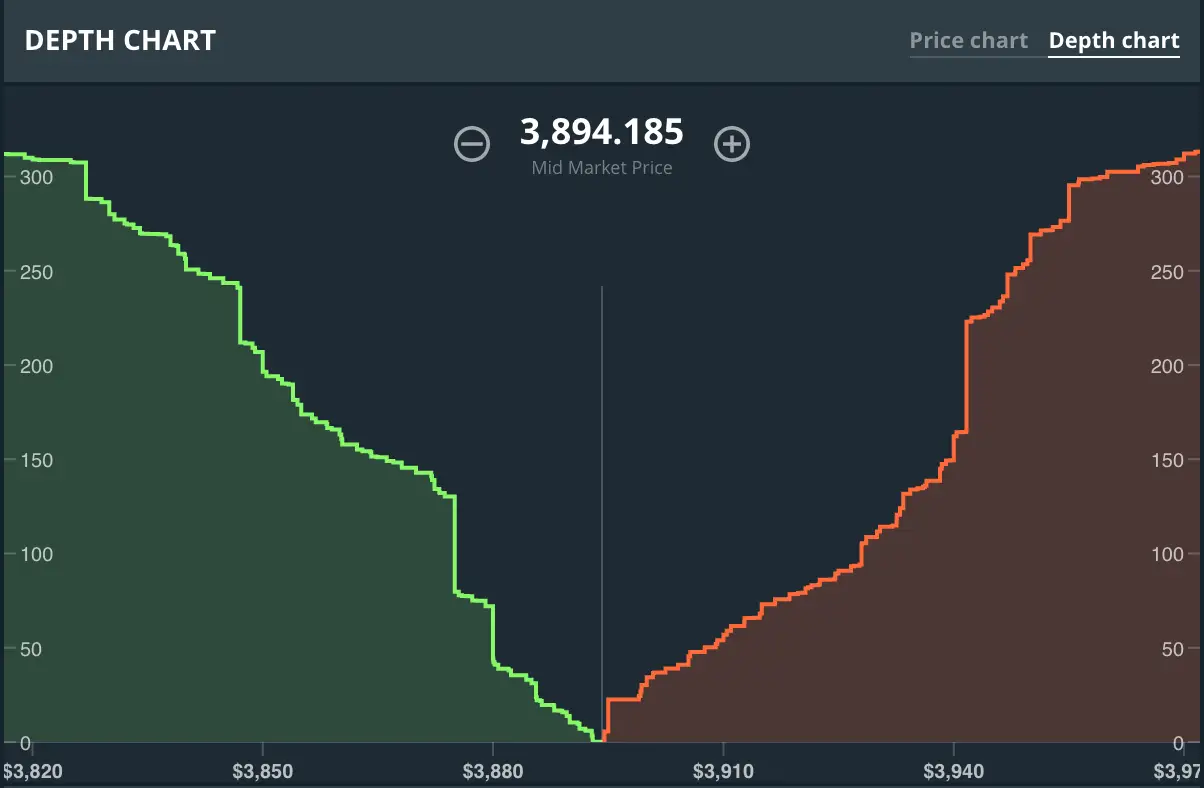When it comes to the stock market, there are two main types of walls besides Wall Street: the buy wall and the sell wall. But what's the difference between buy wall vs sell wall? And which one should you be paying attention to?
In this blog post, we will discuss the differences between buy walls and sell walls, and explain which one is more important for investors. Stay tuned!
What is a buy wall?
A buy wall is created when there is more demand for a security than there is available supply. This results in a situation where the price of the security is being pushed up by buyers who are willing to pay more and more for it.
A buy wall can be an indication that a stock is about to have a strong upward move, as there is more demand than there is available supply. The buy walls occur when the market order book for a security shows more buy orders than sell orders at a certain price point.
Buyers who create these walls are known as "buy-side traders." They're often large institutional investors, such as hedge funds and mutual funds, that want to buy a large number of shares but don't want to move the market price too high and trigger selling pressure.
What is a sell wall?
A sell wall happens when there are more sellers than buyers. The price of the security falls until buyers are willing to purchase at the current asking price. A sell wall can be created by large institutions selling their holdings, which can signal to other investors that the stock may be overvalued.
How to identify a buy wall and sell wall
Buy walls can be identified by single or multiple large orders to buy certain security. This inevitably pushes the price upwards, due to the large volume. Sell walls are the exact opposite and can be identified by large orders to sell securities.
Often, buy walls and sell walls can also be spotted by a surge in the traded volume of a security.
Differences between buy wall vs sell wall
The main difference between buy walls and sell walls is the amount of demand vs supply. Buy walls indicate that there is more demand than there is available supply, while sell walls indicate that there are more sellers than buyers.
The other difference between buy walls and sell walls is the price action. Buy walls usually result in a stock price moving up, while sell walls usually result in a stock price moving down.
So, which one should you be paying attention to?
For investors, it is more important to pay attention to sell walls than buy walls. This is because sell walls can be an indication that a stock is about to drop sharply in price, while buy walls may only indicate that a stock is getting more expensive.
Of course, it is still important to monitor both buy walls and sell walls, as they can both give important information about the supply and demand of a security. However, if you had to choose one to focus on, sell walls should be given more attention than buy walls.
Is a buy wall bullish?
A buy wall can be bullish or bearish depending on the context. If a stock is rising and there is a large buy wall at a higher price, this can be seen as bullish because it indicates that buyers are willing to pay more for the stock.
However, if a stock is falling and there is a large buy wall at a lower price, this can be seen as bearish because it indicates that buyers are not willing to pay more for the stock. In this case, the buy wall may be acting as a support level, and if it breaks, the stock price may fall sharply.
A large buy wall occurring after a period of decline could also indicate that buyers are investing in a stock that may be undervalued. However, this could also be a case of market manipulation and should not be relied on as the only indicator of a stock's future movements.
Is a sell wall bearish?
A sell wall is a large number of orders that have been placed to sell a stock. A sell wall can be considered bearish because it indicates that traders are betting against the stock, meaning they believe it will go down in value over time. Selling in large volumes typically is a signal to the market that the stock is overvalued.
Conclusion
Buy walls and sell walls are two important concepts that every investor should understand. Buy walls indicate that there is more demand than there is available supply, while sell walls indicate that there are more sellers than buyers.
These walls are often started by large investors, but they can also develop by masses of small investors as well. Both buy and sell walls can be used to manipulate prices, but they can also provide valuable information about the market.
Use this information alongside other indicators to make the best investment decisions for your portfolio. Have you ever encountered a buy or sell wall? What was your experience? Let us know in the comments below!

